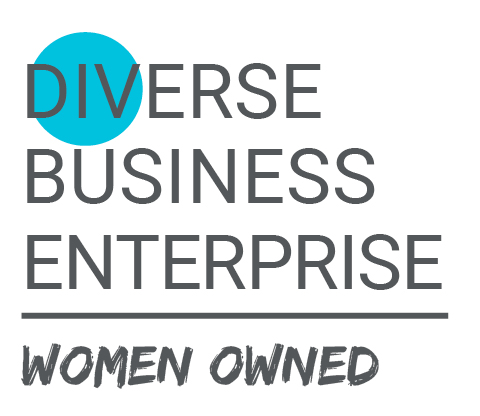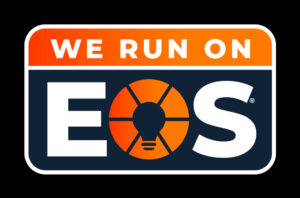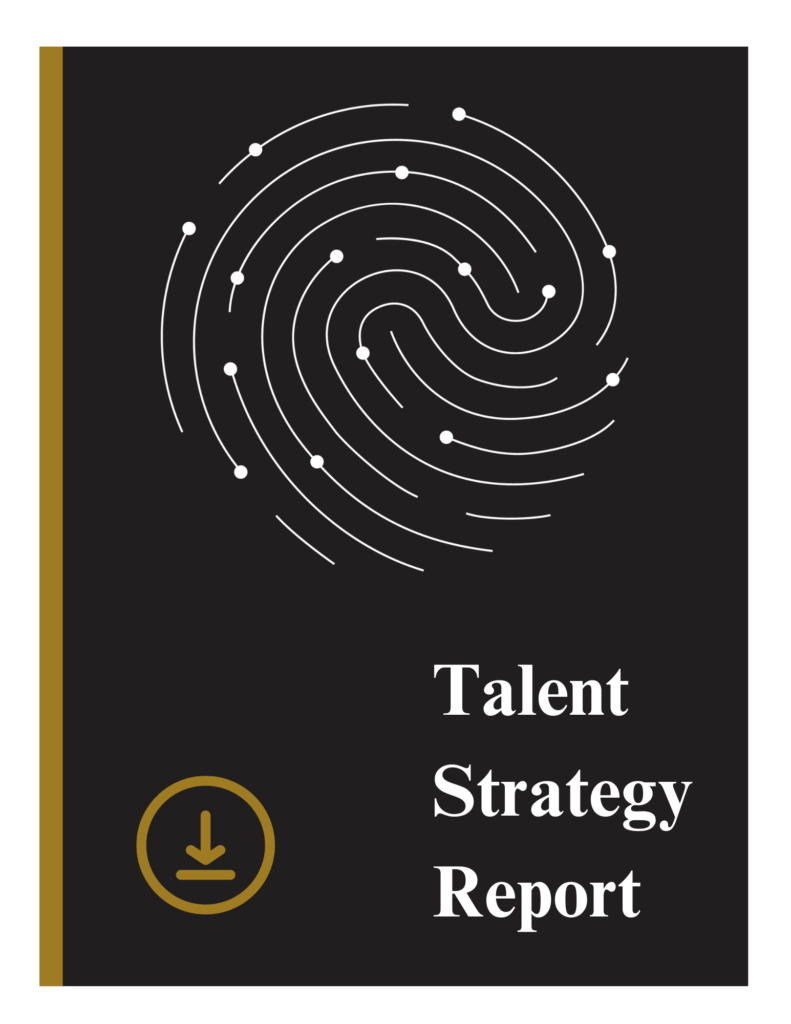How to Identify What Type of Leader You Are
Whether it is directly leading people or a project, there are different leadership styles that you can consider. Oftentimes leaders find their style through professional and personal experiences, the company culture, goals of the organization, and their own personality traits. When it comes to identifying what type of leader you are it is important to remember that you may not have one defined leadership style and you may adopt different ideas of multiple leadership styles into your “style”. Defining a leadership style is not a “one-size-fits-all” so finding a style that is best for your team to produce long-term results is what is going to make a great leader.
When thinking about what leadership style fits best into your company’s culture, you can ask yourself several questions to establish your style. Below are a few questions to get you started:
- Does your team strive in an autonomous work setting? Do they hit goals and meet objectives without hand-holding? Then your team may adjust well to a Hands off-leadership style.
- Does your team like to be coached, mentored, and trained? Are you able to quickly identify your teams’ strengths and weaknesses and offer constructive feedback and motivation that provide growth? If so, then you may want to adopt a Coaching leadership style.
- Is your organization and team in growth mode that strives for innovation and big-picture ideas? Then you may be a leader who wants to empower the team through a Visionary leadership style. Look at the big picture, create strategic plans for growth and development and be transparent with the team.
- Do you have the mindset of people first and feel satisfied when your employees feel fulfilled? Putting a heavy emphasis on employee satisfaction and valuing relationships may mean you want to adopt a Servant Leadership style.
- Does your organization require your team to adhere to strict guidelines and deadlines and do you find yourself focused on results? Does setting processes and procedures sound like something that is important to you? Then an Autocratic leadership style may be best.
The questions listed above just scratch the service on questions to ask yourself when looking into identifying your leadership style. You may initially gravitate towards one style or another based on your strengths, but you do not have to “box” yourself into one style. As a leader, you may find yourself utilizing different styles based on employees or situations. A good leader is agile, self-aware, and has strong emotional intelligence. They are typically someone who is always willing to learn, grow, and develop their skills.



















